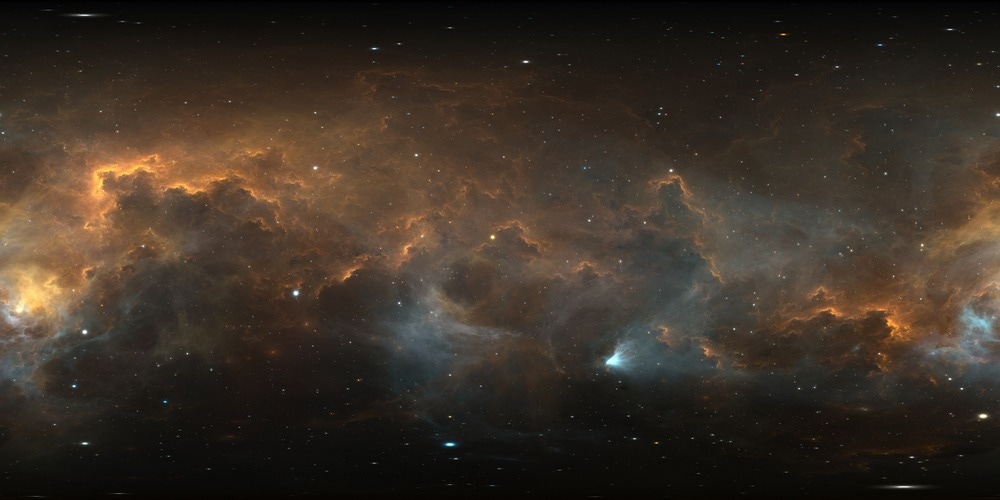Observations gathered through the James Webb Space Telescope (JWST) were utilized by an international research group, including Southwest Research Institute, Leiden University, and NASA. The data was used to obtain the darkest-ever view of a thick interstellar cloud.

Image Credit: Jurik Peter/Shutterstock.com
The composition of a virtual treasure chest of ice gathered from the early universe was disclosed by such observations, offering innovative ideas into the chemical processes of one of the darkest and coldest places in the universe and the origins of the molecules that compose planetary atmospheres.
The JWST allowed us to study ices that exist on dust grains within the darkest regions of interstellar molecular clouds. The clouds are so dense that these ices have been mostly protected from the harsh radiation of nearby stars, so they are quite pristine. These are the first ices to be formed and also contain biogenic elements, which are important to life.
Dr. Danna Qasim, Study Co-Author and Research Scientist, Southwest Research Institute
The study was reported in the Nature Astronomy.
The JWST mirror of NASA measures around a width of 6.5 m offering exceptional sensitivity and spatial resolution, improved for infrared light. Consequently, for the first time, the telescope exhibited the potential to image the densest and darkest clouds present in the universe.
These observations provide new insights into the chemical processes in one of the coldest, darkest places in the universe to better understand the molecular origins of protoplanetary disks, planetary atmospheres, and other Solar System objects.
Dr. Danna Qasim, Study Co-Author and Research Scientist, Southwest Research Institute
Most interstellar ice consists of very small amounts of elements like sulfur and oxygen. Qasim, along with her co-authors, aims to comprehend the absence of sulfur in interstellar ice.
Qasim stated, “The ices we observed only contain 1% of the sulfur we’re expecting. 99% of that sulfur is locked-up somewhere else, and we need to figure out where in order to understand how sulfur will eventually be incorporated into the planets that may host life.”
In the study performed, Qasim and her collaborators suggest that the sulfur might be locked in reactive minerals like iron sulfide. This might react with ice to form the sulfur-bearing ices that have been noted.
Iron sulfide is a highly reactive mineral that has been detected in the accretion disks of young stars and in samples returned from comets. It’s also the most common sulfide mineral in lunar rocks.
Dr. Danna Qasim, Study Co-Author and Research Scientist, Southwest Research Institute
Qasim added, “If sulfur is locked-up in these minerals, that could explain the low amount of sulfur in interstellar ices, which has implications for where sulfur is stored in our Solar System. For example, the atmosphere of Venus has sulfur-containing molecules, in which the sulfur could have partially come from interstellar-inherited minerals.”
Journal Reference:
McClure, M. K., et al. (2023) An Ice Age JWST inventory of dense molecular cloud ices. Nature Astronomy. https://doi.org/10.1038/s41550-022-01875-w.